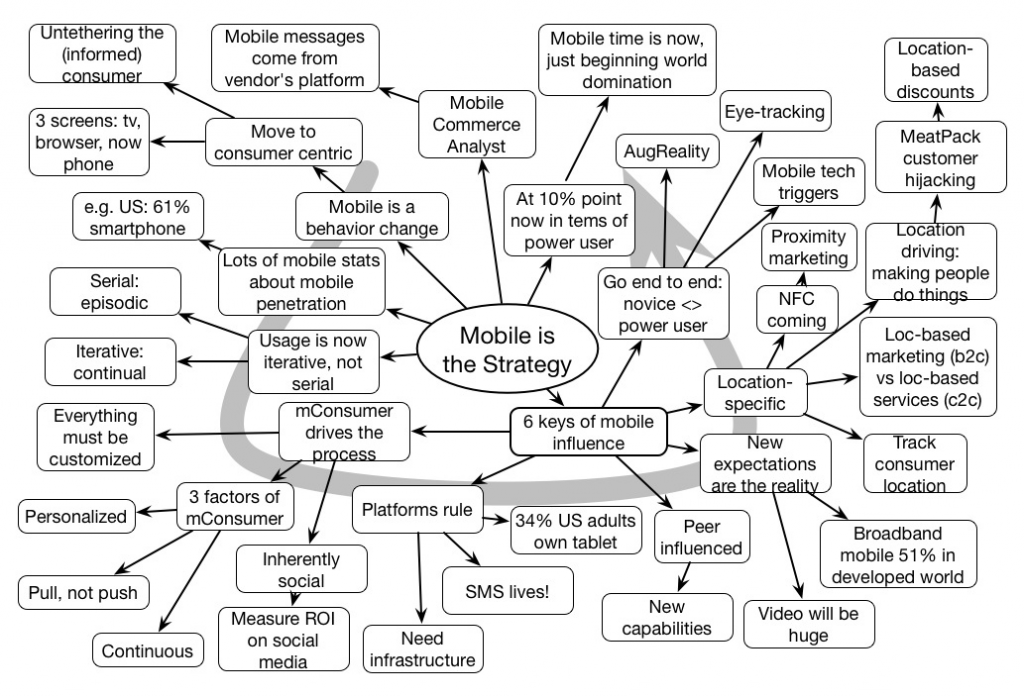Just looked at my commitments for the eLearning Guild’s always fun DevLearn conference, and I’m quite booked, all with fun and interesting stuff:
- My mobile design workshop kicks off: how do you take advantage of these devices?
- I’m doing two stages:
- a panel on the future on the mobile stage,
- talking ‘smart content’ on the emerging tech stage
- I’m doing a session on L&D myths with Chad Udell
- I’m part of a panel on the future of elearning
- and I’m doing two Morning Buzz sessions:
- one on content models & architectures,
- and one on elearning strategy
It’s going to be busy and fun. In between I will attend sessions, walk the expo, attend the DemoFest, do #lrnchat, and talk to folks. I hope one of the folks I talk to is you! If you’re there, say hello. If not, stay tuned to the backchannel, it’s a great conference (I’ll try to post mind maps of the keynotes as usual).


